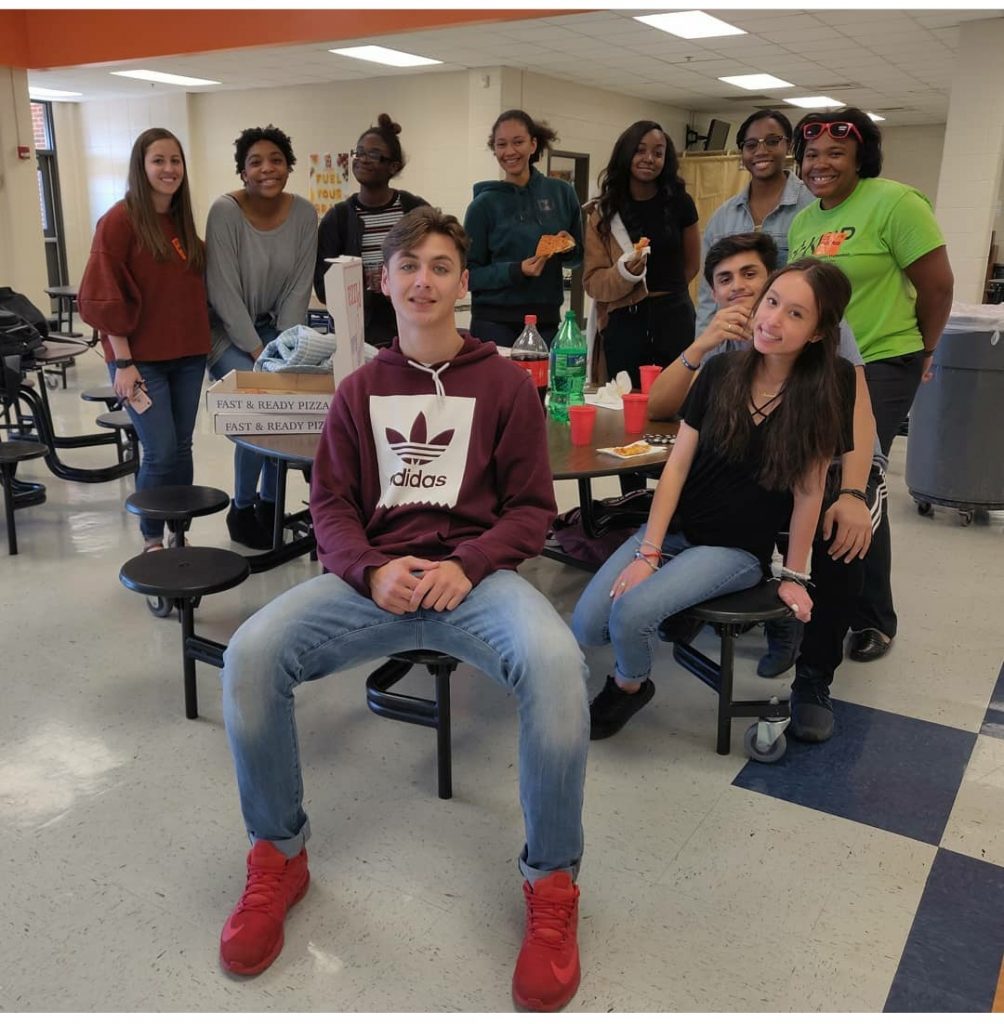This is an Eval Central archive copy, find the original at communityevaluationsolutions.com.

| Hi everyone- So many community-based prevention programs are trying to pivot, to change the way they are working in communities in the midst of the Covid-19 pandemic. Since prevention and nonprofit leaders who work with youth can’t go into schools, churches, or community-based afterschool programs at this time, they must get creative in order to reach teens. In this week’s blog, I am joined today by my client, LaTreece Roby. LaTreece is the Program Director for the Cobb County Alliance to Prevent Substance Abuse (CCAPSA). LaTreece leads a federally-funded Drug-free Coalition and a state-funded Alcohol & Substance Abuse Prevention Project. Both efforts aim to reduce underage drinking through environmental change strategies. A couple of weeks ago, I asked LaTreece to join me on a call with some of my other substance abuse prevention clients because LaTreece is an absolute Rockstar when it comes to technology and social media to reach the youth. She is a big believer in going to where our youth are. In this blog, I want to share some of her tips. CCAPSA uses Instagram, Snap Chat and Tik Tok because these are the platforms that youth interact with on a daily basis. LaTreece’s advice to my coalition leaders was to go where the kids are. LaTreece also advised the leaders that when trying to increase Instagram followers the easiest method is the, “I follow you; you follow me back method.” Youth typically follow this unwritten. This makes searching hashtags that include local high school names or popular local attractions an easy way to lead you to future Instagram followers in your area. LaTreece wanted the group to remember, especially for those of us who are a little bit older, that the youth today are digital natives. They’ve grown up in a digital world. Teens consume and rapidly obtain information in the palm of their hand. Social media is a good way to get good information to them. LaTreece’s last reminder to the group is that teens often feel unsupported by their communities and by schools. So LaTreece’s advice is to connect with teens and make sure they feel supported. “We need to go where they are in terms of technology and learn to speak their language. There is a lot of harmful information that they have access to through Instagram, Snapchat and other online platforms. Why not spread messages of hope and positive lifestyles through those very same channels?” |